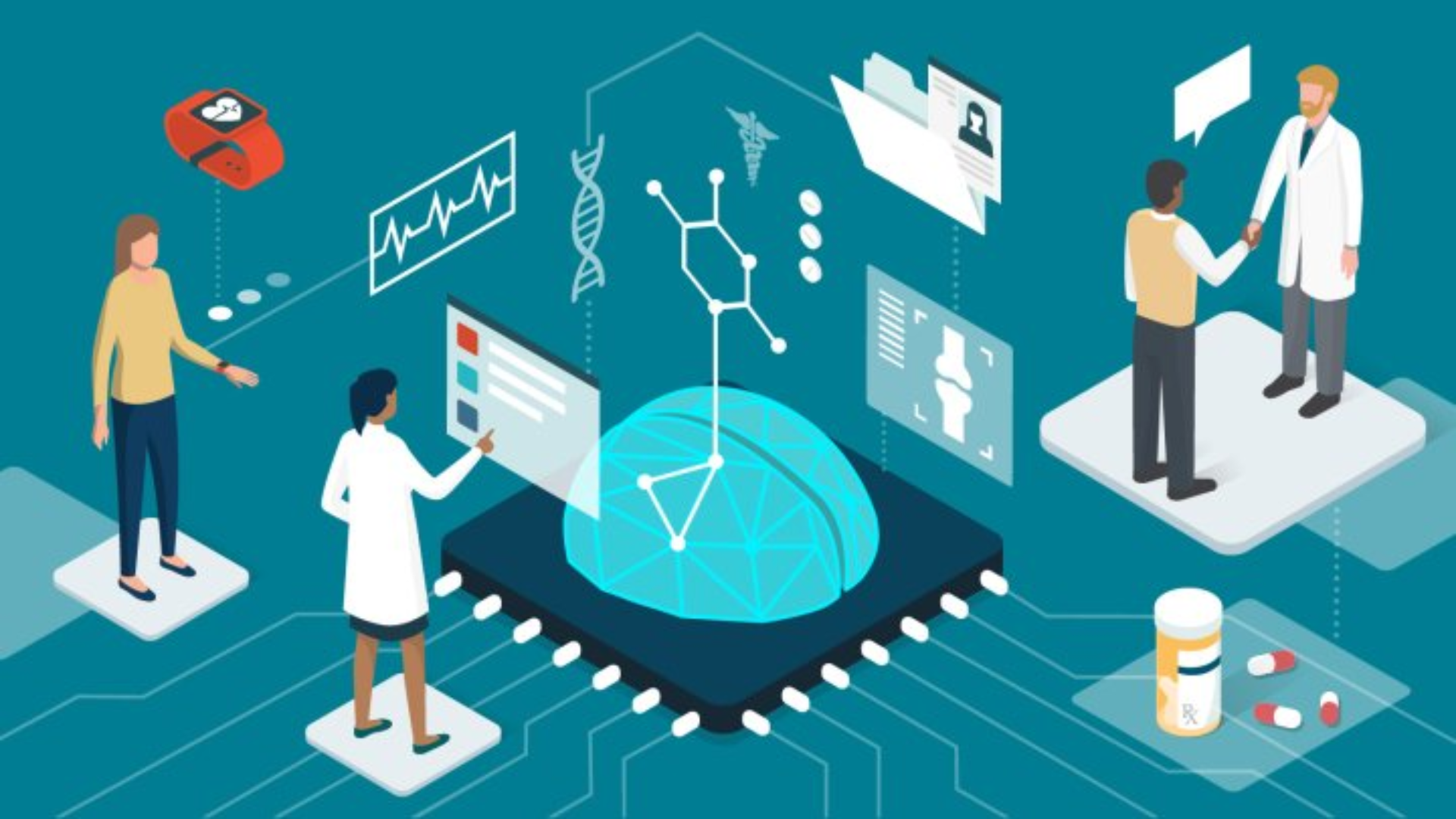Digital India under the tech-visionary Indian Prime Minister Narendra Modi faces a new challenge as to how to create public-private partnership to harness the immense power of Generative Artificial Intelligence to bring about transformative changes in all aspects of Indian life.
The Indian government has identified AI as an important strategic technology and has launched the National AI Strategy as well as other initiatives to promote AI adoption. Areas where AI is finding applications in India include healthcare, agriculture, education, smart cities, financial services, defence, transportation, and energy. Big tech companies, startups, government organizations, and industry are notable players adopting AI.
The shortage of AI talent is a big challenge. The Indian government has launched programs like YUVAI (Responsible AI for Youth) to train more students and workers in AI skills. Indian tech universities and companies are also expanding their AI programs and certifications. It would take some time before India catches up with leading AI nations like the United States and China in research output and availability of large datasets.
But the government and private sector are working to boost datasets availability across sectors. Adoption and growth of AI applications are still
Nonetheless, AI in India is a booming landscape with immense potential. The field is experiencing a surge of growth and enthusiasm, with several factors contributing to its current status. Bengaluru is home to the highest number of GenAI startups in India at present. EY report estimates that GenAI could boost India’s GDP by $359-438 billion by 2030, representing a 5.9-7.2% increase with a potential to add $1.2-1.5 trillion cumulatively over seven years.
Sectors like business services, finance, healthcare, and education are poised for significant impact. According to NASSCOM, “As of May 2023, the Indian Generative AI landscape had more than 60 startups dedicated to offering solutions and services to their customers spread across various industry verticals. More than $590 million in funding has already flown into this space, with 2022 being the year with the heaviest funding inflow.”
Indian enterprises are optimistic about GenAI’s potential but acknowledge the need for better preparation, navigating a digital transformation journey to survive in the era of what Tom Goodman called “Digital Darwinism”, the impact of disruptive digital technologies on businesses.
Every new technology, as it begins to be used in various industries, brings about some changes due to interplay of forces, but the impact of GenAI would be more radical. In the course of time, it would redefine and reshape every industry, workplace, and workforce. By 2027, according to ServiceNow’s estimate, AI would impact more than 16 million full-time employees in India who would need reskilling and upskilling due to automation especially in manufacturing, agriculture, forestry, and fishing industries.
As AI redefines old jobs, it would also create new openings, as many as 4.7 million technology-related jobs in manufacturing, retail, education, and finance and insurance, according to the report. The FICCI’s report “The Economic Impact of Generative AI: The Future of Work in India” projects that GenAI could unlock $621 billion in productive capacity for India, equivalent to nearly one-fifth of the country’s GDP in 2021.
This indicates a significant potential for AI to drive economic growth and advancement in India. The steady increase in AI investment since 2011, the remarkable growth of AI start-ups, and the intentions of 88% of surveyed companies to invest in AI-related technologies further underscore this potential. The establishment of the National Program for AI in 2018 and the announcement in the 2023 Finance Budget to set up three Centres of Excellence in AI demonstrate the government’s commitment to responsible AI adoption and inclusive AI-enabled economic growth.
These initiatives, “Make AI for India” and “Make AI Work for India”, aim to foster collaboration between educational institutions and leading industries to research and develop practical AI applications in key sectors like agriculture, health, and sustainable cities. India’s wealth of data, creativity, and language diversity, writes Jibu Elias in OECD.AI, make it prime territory for harnessing GenAI to fuel economic growth and innovation across different sectors.
Examples like KissanGPT for agriculture, PolicyGPT for insurance, GitaGPT for cultural engagement, and BharatGPT for language support showcase how GenAI can handle specific challenges, optimize processes, and empower Indian communities at large. Widespread adoption of these AI tools tailored to India’s needs holds immense potential for innovation, advancement, and inclusive development from ground level up.
National Artificial Intelligence Mission aims to make India a leader in AI development and adoption. Focusing on creating public digital infrastructure to support AI growth and investment in indigenous training datasets for Indian languages is crucial. Regulatory framework needs to be proactive to ensure citizen safety. Data privacy and ethical considerations remain critical.
Talent pool and skill development are essential for sustained growth. Accessibility and affordability of GenAI solutions for wider adoption is necessary. Overall, GenAI in India is a rapidly evolving field with immense potential to revolutionize various industries, create new jobs, and drive economic growth. Addressing the challenges and capitalizing on the opportunities will be crucial for India to fully harness the power of this transformative technology.
It’s important to keep in mind that despite being home to one of the world’s largest startup ecosystems, India has yet to make a material impact in the rapidly advancing AI arena. No homegrown Indian contenders have emerged to challenge the dominance of large language model titans such as OpenAI’s GPT-4, Google’s Bard, and others.
Narain Batra is the author of India In A New Key: Nehru To Modi. He is affiliated with the Graduate College at Norwich University, US. He publishes the newsletter and podcast Freedom Public Square. His recent public lecture “Our Freedoms and The Age of Artificial Intelligence” is available at https://www.youtube.com/ watch?v=3Y2vvSqn3w8

